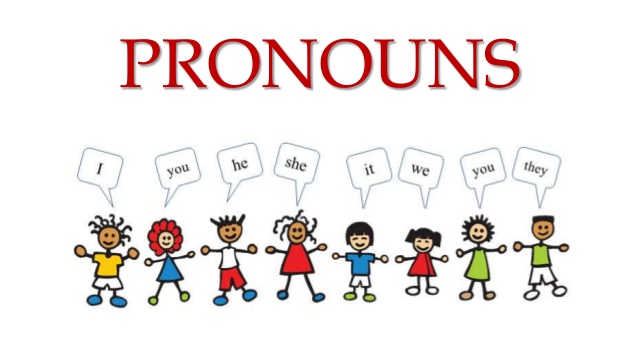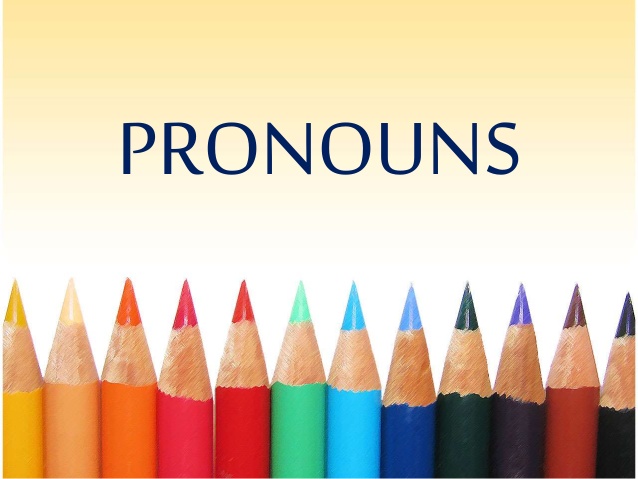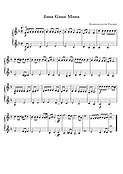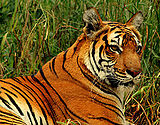here are some gk questions for all classes.
1.भारत की प्रथम महिला राष्ट्रपति - प्रतिभा देवी सिंह पाटिल
2.भारत की प्रथम महिला प्रधानमंत्री - इंदिरा गांधी
3.भारत की प्रथम महिला लोक सभा अध्यक्ष - मीरा कुमार
4.भारत की प्रथम महिला राज्यसभा उपसभापति - वायलेट अल्वा
5.लोकसभा के प्रथम महिला महासचिव - स्नेहलता श्रिवास्तव
6.ओलम्पिक में कोई पदक पाने वाली प्रथम महिला - कर्णम मल्लेश्वरी
7.प्रथम महिला सर्जन - डॉ. प्रेमा मुखर्जी
8. प्रथम महिला फिजिसीयन - आननदी बाई गोपालराव जोशी
9.वायुसेना में प्रथम महिला पायलट - हरिता कौर दयाल
10.प्रथम महिला एयरबस पायलट - दुर्बा बनर्जी
I hope it'll be helpful. for more helpful articles follow my blogging page.

































